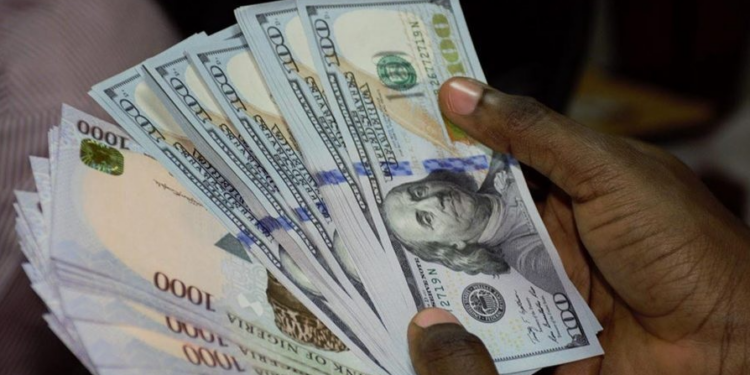The naira failed to take advantage of the greenback’s worst month despite growing conviction that the United States central bank was done raising interest rates.
Nigerian investors and savers have been severely hit by the naira’s weakness since their investments have substantially lost value despite the country’s equities market experiencing growth.
To counter this, a growing number of Nigerians are using stablecoins as an alternate form of investment.
The Nigerian naira had earlier strengthened below the N1000 price level in mid-November but lost nearly a fifth of its value amid a liquidity crisis and high demand for the greenback in Africa’s largest economy as the currency continues its wide swings in a bid to find a market level.
The CBN has not been able to allay worries. Nigeria still owes foreign corporations $7 billion in FX forwards that they purchased from regional banks. When the central bank failed to make payments, banks subsequently used their own money to repay foreign credit lines.
This implies that while the banks are owed money, corporations are unable to obtain new letters of Credit. Mr. Yemi Cardoso, the CBN chief stated that clearing the backlog was a top priority, but he did not specify how long it would take, which put further strain on the unstable foreign exchange market in the nation.
Nigeria may also have limited foreign exchange reserves if it chooses to defend its currency at the N750 to dollar benchmark exchange rate stated in its 2024 budget.
Consequently, the dollar index lost 3.6% of its value month over month, its worst monthly performance in a year.
According to other analysts, the American dollar might have benefited from month-end demand as investors prepared for November, which saw a significant sell-off in the US currency as the market priced in rate cuts for the next year.
Higher interest rates tend to increase the value of a currency by drawing in more foreign money since investors expect to earn larger returns, which raises demand for the currency.
However, indications in the last several weeks that the world’s largest economy is beginning to slow down have persuaded investors that the U.S. Fed is done raising borrowing costs and will shortly start lowering rates.
Dollar losses increased in response to data indicating that October U.S. inflation remained low and that unemployment claims increased in the most recent week, pointing to a deteriorating labor market.
The CME FedWatch Tool revealed that U.S. rate futures had priced in roughly a 47% possibility of a rate drop at the meeting on March 19–20, 2024, rising to about 78% probability at the meeting on April 30-May 1.
















